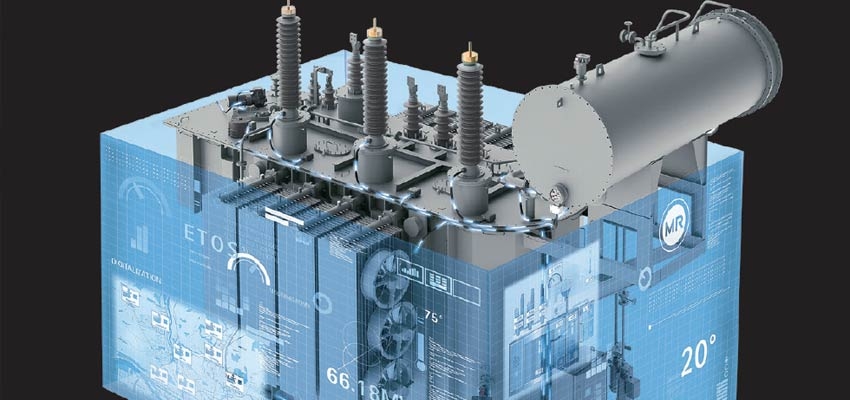Are Smart Transformers the Solution to Grid Troubles?
Electric shortages have grown acute in recent years, leading to more frequent brownouts and blackouts. Looking more closely, it becomes clear that the U.S. power grid is increasingly falling short of modern-day electricity demands. This is even more troubling when considering the push to adopt electric vehicles (EVs). If such a transition does occur any time soon, where will the required energy come from?
Smart transformers may present a practical solution to strengthening the nation’s fragile grid. These advanced devices hold the key to achieving equitable energy distribution and possibly bringing zero net emissions a step closer.
How Worrying Are the Current Grid Issues?
Every country experiences the occasional service interruption, but recent events paint a picture of a progressively overburdened grid. The 2021 Texas power outage — leaving over 4.5 million homes without electricity and causing 57 deaths — is one such incident.
Increasing demand for industrial power is also a major instability factor. In Georgia, electricity use in the coming decade is predicted to be 17 times higher than previously projected. Similarly, Northern Virginia needs to enhance its grid capacity with the equivalent of many nuclear power plants to meet future requirements.
The rapid growth in artificial intelligence (AI) and machine learning technologies may present another crisis. In March 2024, Elon Musk cited electricity as the next major shortage affecting the industry, driven by advances in AI and EV adoptions.
An aging transformer infrastructure is at the core of these issues. A considerable part of the electric grid was built in the 60s, and many systems are nearing the end of their useful life. Also, existing transformers may lack specific integration features to process and distribute supply from alternative sources in complementing power distribution.
The Role of Smart Transformers in Future-Proofing the Grid
Integrating smart technologies into grid operations taps into the digital age’s wealth of enhancements and solutions to address current and future challenges. Intelligent transformers equipped with cutting-edge features will stabilize electricity output and enable broader implementation of renewable energy.
Real-Time Condition Monitoring
Smart transformers continuously monitor their performance to detect and respond to grid disturbances, such as overheating problems and voltage fluctuations. These systems can also alert technicians about preset maintenance requirements, introducing a more proactive approach to keeping the infrastructure operational. Over time, this practice will reduce downtime and ensure a more stable power supply.
Load Management and Energy Efficiency
According to the U.S. Energy Information Administration, around 5% of the electricity generated and distributed between 2018 and 2022 was wasted. Intelligent automation systems can optimize voltage levels to match load requirements, improving energy efficiency and reducing electricity loss. This feature also enables digital transformers to adapt to changing load requirements and distribute power more efficiently, which is crucial for handling demand fluctuations throughout the year.
Remote Control
Smart controlling systems can facilitate quicker response times through remote control functionality. For example, if a sensor detects a potential issue, technicians can adjust the transformer settings without needing an on-site visit.
Integration with Renewable Energy Sources
Newer and more advanced transformer infrastructures are essential to integrating intermittent sources like wind and solar into the grid. Smart technologies can efficiently automate critical tasks like managing multi-source power flow and monitoring output across the distribution network. Automation features also enable the grid to simultaneously dispense electricity from alternative sources as it’s generated, negating the need for energy storage facilities.
Implementing Smart Transformers Will Be Expensive
On average, digital transformers are 15%- 20% more expensive than their regular counterparts. These systems also require extensive structural upgrades to accommodate advanced equipment on-site. Engineers and operators must also undergo specialized training on handling and maintaining the smart infrastructure. These high upfront costs cause stakeholders to hesitate to make the transition.
However, the challenges also present opportunities for industry-wide innovation and collaboration. The looming surge in energy demand is a matter of when, not if, so it’s essential to take action now.
One promising option is to outfit reconditioned transformers with intelligent sensors and compliant automation technologies and introduce them into the grid. Refurbished transformers are much cheaper to install and have a significantly faster lead time than new ones.
On your end, being a more conservative energy consumer can reduce the load demand on grid output and minimize losses. Plus, it can save you money — as much as 20% of your electricity bill, according to ENERGY STAR.
Smart Transformers Are Key to Solving Grid Troubles
Digital transformer systems can adjust to rapidly changing loads, provide real-time performance updates and integrate renewable energy sources into the distribution framework. As the global demand for electricity rises, these features will become increasingly crucial for ensuring a reliable and sustainable power supply. The smart transformers market will also catalyze the next era of resilient grids to meet evolving future needs.
